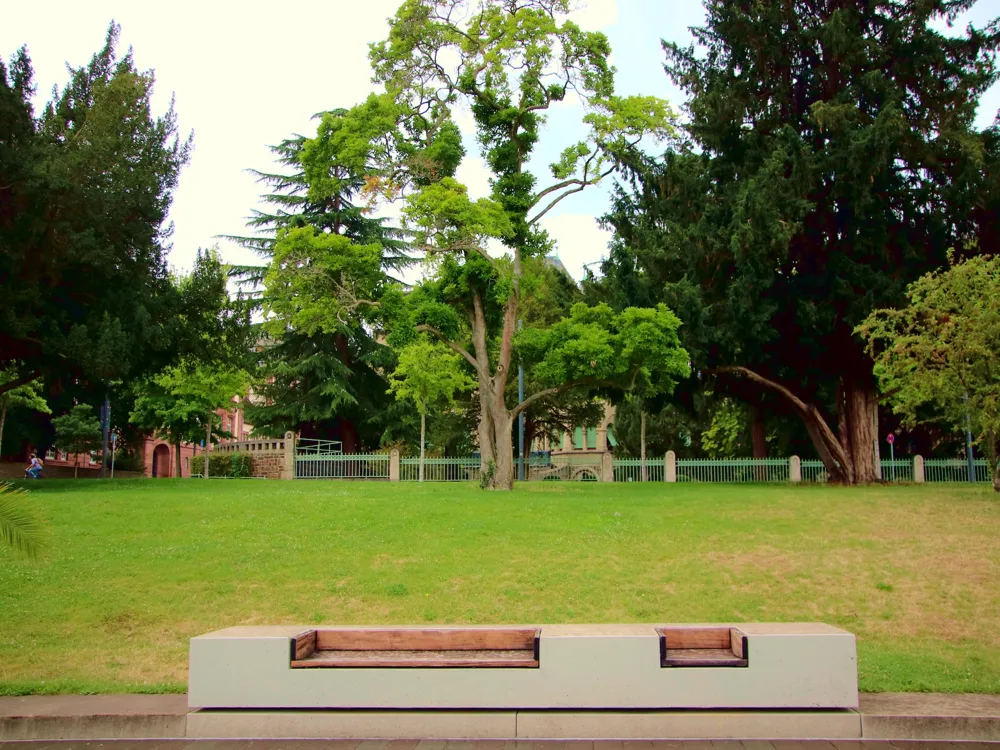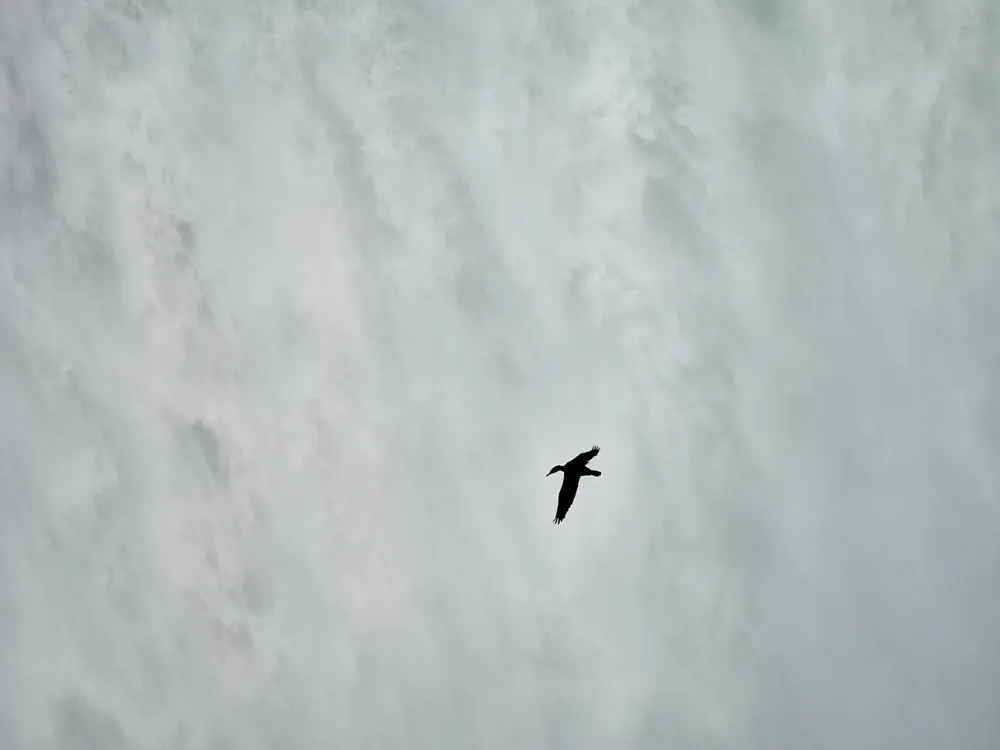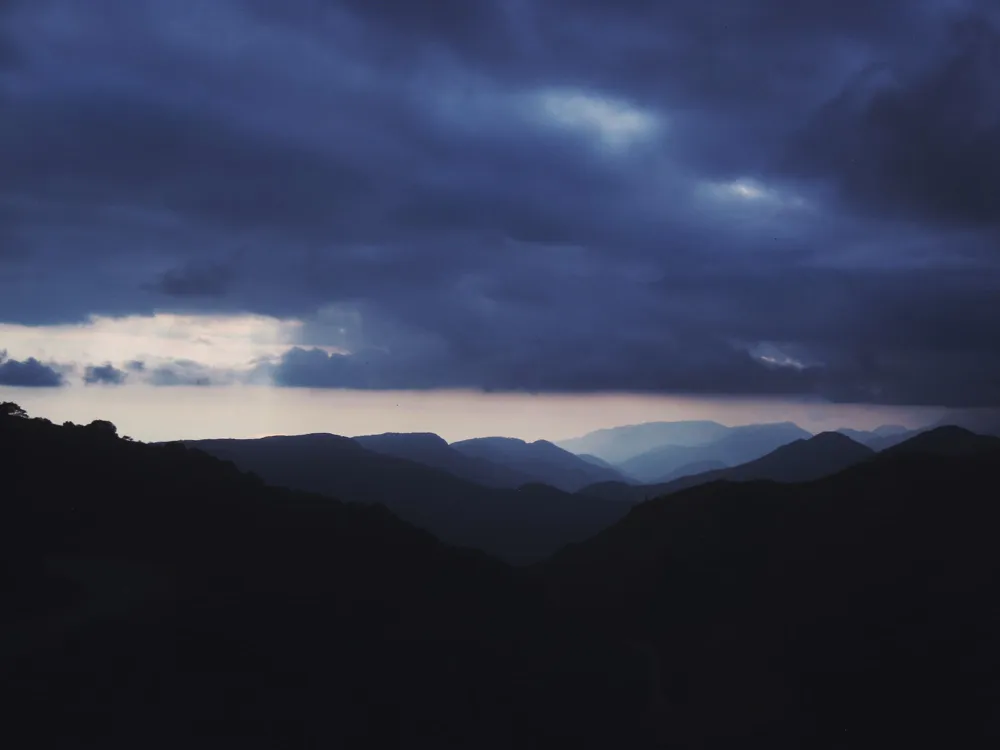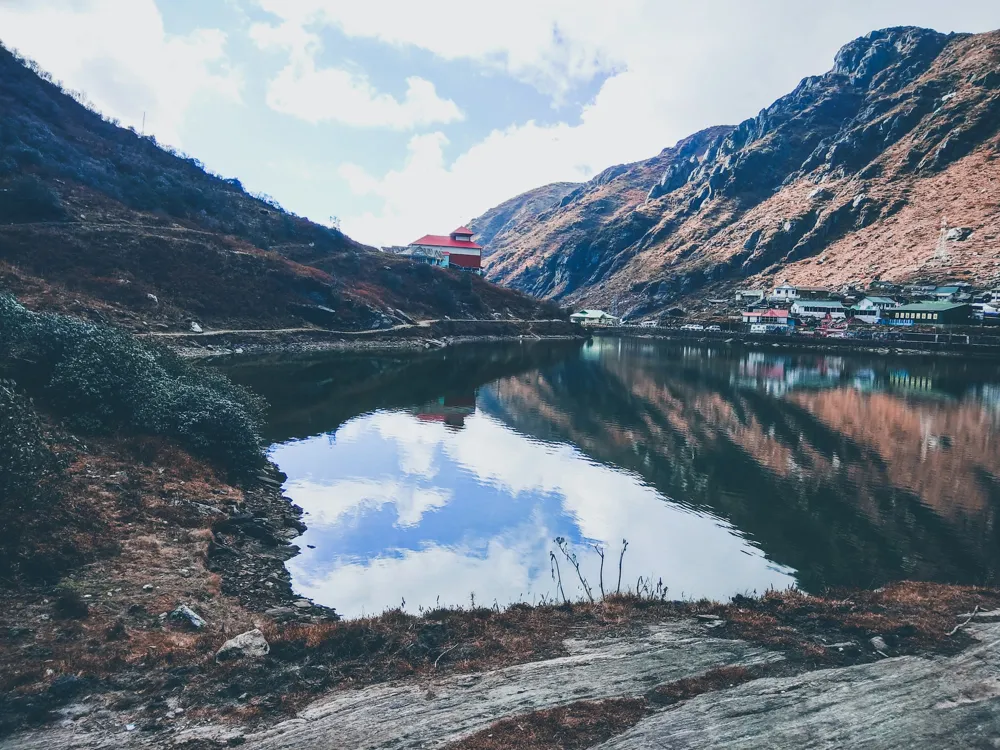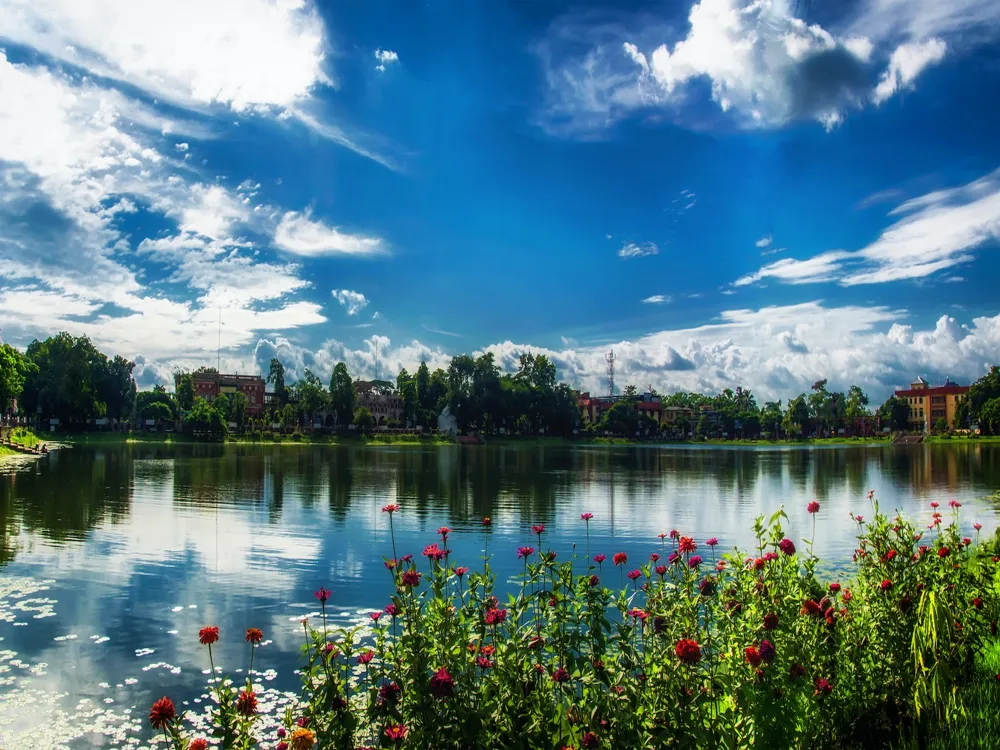Balpakram National Park, located in the South Garo Hills district of Meghalaya, is a rich reservoir of biodiversity and natural beauty. Known as the 'Land of Perpetual Winds', it offers a unique landscape with deep gorges, lush forests, and a variety of flora and fauna, including the rare Red Panda and the Asian Elephant. The park is also steeped in local Garo mythology, adding a mystical allure to its natural wonders. The 'architecture' of Balpakram National Park is defined by its natural terrain, which comprises a diverse ecosystem. This includes undulating hills, river canyons, and dense forests. The park's geological formations, such as the Balpakram plateau and the deep gorges cutting through it, create a natural architecture that is both majestic and awe-inspiring. It's best to visit Balpakram National Park between October to May for the most pleasant weather. Ensure to check the park's timings and any entry requirements in advance. Given the park's rugged terrain, wearing comfortable and sturdy footwear is a must. Also, always stay on marked trails to ensure your safety. Maintain a safe distance from animals, and do not feed them. It's important to remember that you are in their habitat. Preserve the natural beauty of the park by carrying back all your trash. Avoid using plastic, and be mindful of your environmental impact. Balpakram National Park is accessible via road from Tura, the nearest major town. Tura is well-connected by road to Guwahati, the nearest major city and airport. From Guwahati, you can hire a taxi or take a bus to Tura, and then proceed to Balpakram National Park. The journey offers scenic views of the Meghalayan landscape, making the travel part of the adventure. Read MoreOverview of Balpakram National Park, Tura, Meghalaya
architecture of Balpakram National Park
Tips When Visiting Balpakram National Park
Plan Your Visit
Stay Safe
Respect Wildlife
Leave No Trace
How To Reach Balpakram National Park
Balpakram National Park
Tura
Meghalaya
NaN onwards
View tura Packages
Weather :
Label : Must Visit
Tags : National Park
Time Required : 2-3 hrs
Entry Fee : No entry fee
Planning a Trip? Ask Your Question
Tura Travel Packages
View All Packages For Tura
Top Hotel Collections for Tura

Private Pool

Luxury Hotels

5-Star Hotels

Pet Friendly
Top Hotels Near Tura
Other Top Ranking Places In Tura
View All Places To Visit In tura
View tura Packages
Weather :
Label : Must Visit
Tags : National Park
Time Required : 2-3 hrs
Entry Fee : No entry fee
Planning a Trip? Ask Your Question
Tura Travel Packages
View All Packages For Tura
Top Hotel Collections for Tura

Private Pool

Luxury Hotels

5-Star Hotels

Pet Friendly









